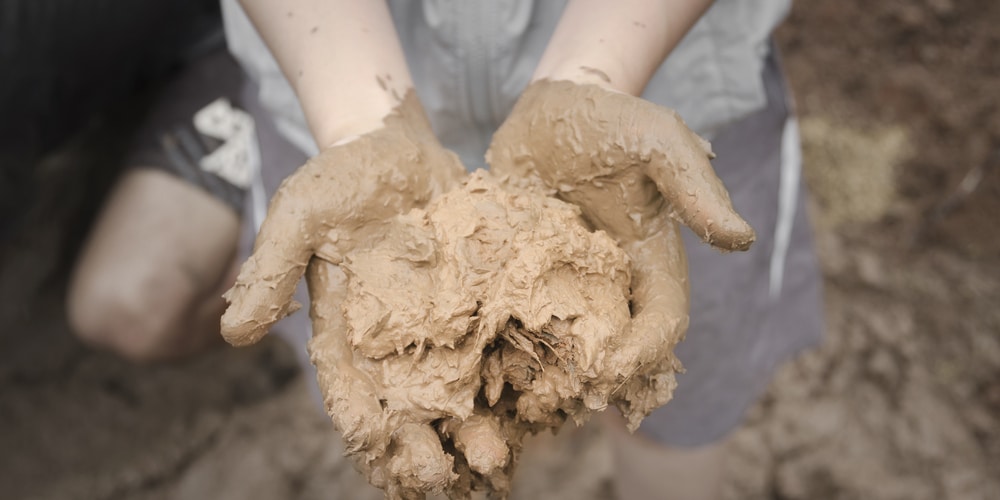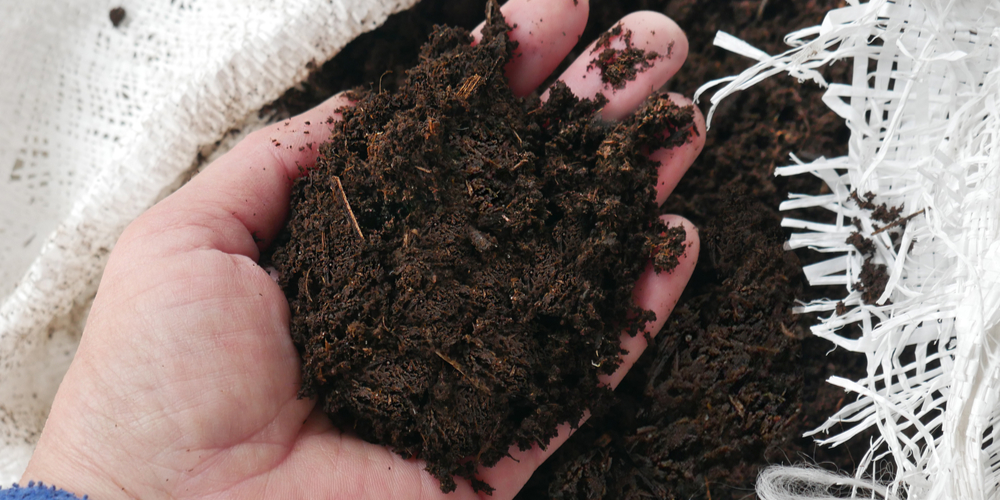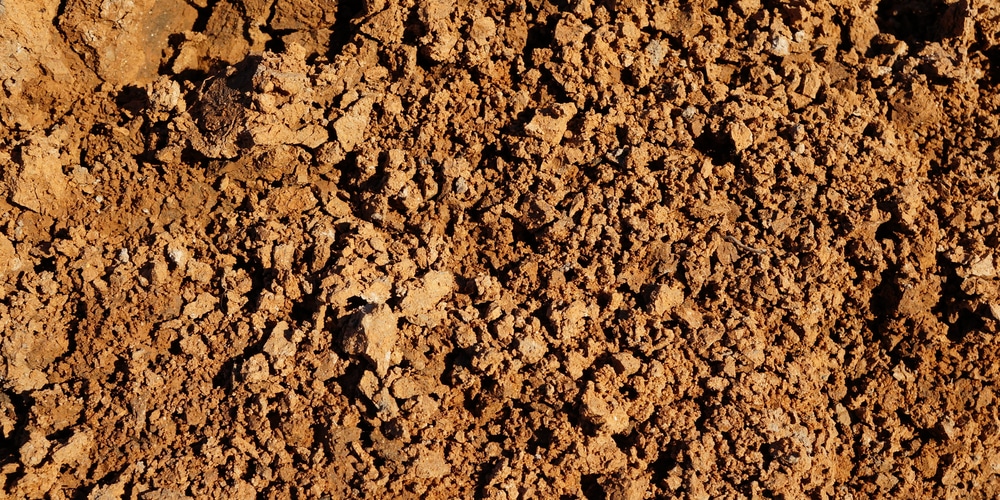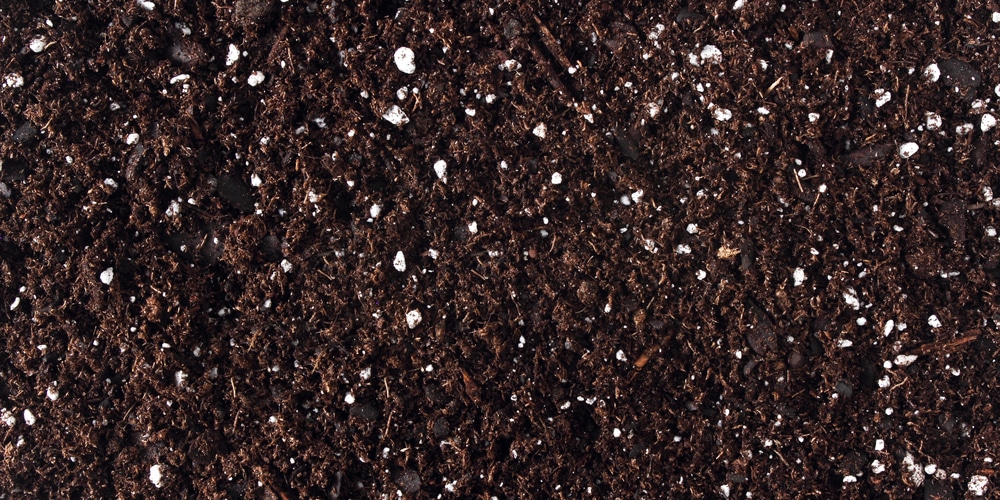Taking care of your garden goes a little further than watering your plants once or twice a week. Indeed, you might have to make amendments to the soil to prepare it to welcome your plants. And when reading about a plant’s requirements, you probably came across terms like loamy, clay, topsoil, or sandy. They all indicate and describe the optimal conditions for your plants.
Quick Answer:
…in essence, no: loam and topsoil are not the same things.
Some prefer compact soil, and others lose ones. While sounding trivial, knowing the difference between the various soils can help you better understand how to recreate a thriving environment for your plants.
But is loam the same as topsoil? And if not, how are the two different? If you don’t know the answer, don’t worry. We are here to help you. Here, we’ll go through everything you should know about loam and topsoil and how to make the most out of them in your garden. While there are more soil types than these two that you should know, being familiar with the difference between topsoil and loam is a good start.
Is Loam the Same as Topsoil?
While many gardeners refer to loam and topsoil interchangeably, we must clarify that the two are different things. Loam is a healthy balance of clay, sand, and silt. Loam soil has nothing to do with where in the ground you find it but with the balance of the elements that compose it.
On the other hand, topsoil referees to the upmost surface of the soil that gets about 12 inches deep. Topsoil might also consist of sand, silt, or clay in different ratios. But beware: buying topsoil isn’t a guarantee of getting loamy soil.
So, in essence, no: loam and topsoil are not the same things. Jump to the following section to learn more about their differences (and similarities).
What Are The Differences between Loam and Topsoil?

Topsoil is usually darker in color than the deeper parts of the soil because of the organic matter that builds up in this layer. The organic materials might come from decomposing vegetation on the surface and other elements. Plus, depending on where the topsoil comes from, it might include traces of pesticides and other chemicals.
On the other hand, loam is an almost even mix of three different soil types (25% sand, 28% silt, and 22% clay). To give you an idea of what to expect from this combination, it might be worth going over what each type offers.
Sandy soil tends to be coarse and dry. When you pick it up with your hands, sandy soil will run through your fingers loosely. Because of its characteristics, this type of soil doesn’t retain much water but provides plenty of aeration.
On the other hand, clay soil feels more compact and slippery when wet. It retains moisture but doesn’t allow such a good flow of oxygen,
Finally, silt is a mixture of the two above. So, you can expect loam (a combination of the three types of soils we described) to offer ideal levels of water retention, adequate aeration, and rich nutrition.
Quality topsoil might have similar characteristics: it should be fast-draining (to prevent your plants from being vulnerable to drought stress) and rich in nutrient content. You can use loam as your topsoil. With time, the organic material that builds up in the area further enrichens the nutrient content, making it more fertile and better for the survival and growth of your plants.
The ideal topsoil is dark, fertile, and friable. Most garden landscapes should have this kind of surface. However, despite being quite similar (sometimes) to it, it doesn’t describe loam. To avoid making mistakes, remember that topsoil refers to the location of the soil, while loam is a term to indicate the soil quality. This distinction will help you have an easier time recognizing topsoil and loam.
Is Loam The Same as Topsoil?: The Bottom Line
When purchasing soil for your garden, pay attention to whether you are getting topsoil or loam. While the two might have some similarities, they serve different functions. For instance, the latter tends to be lower in organic matter and with a slightly more compact consistency than topsoil.
On the other hand, good-quality topsoil should be fertile and loose. A combination of loam and organic matter might be your best solution. Such a mixture will give you the ideal topsoil conditions.
Related Article: Topsoil Vs Dirt


